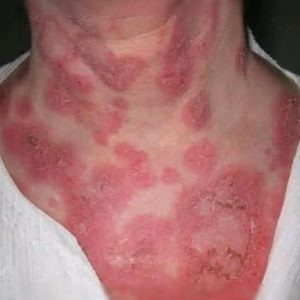Ticks are small, blood-feeding parasites that can transmit dangerous illnesses to both animals and people, turning them into more than just a minor annoyance. I learned this the hard way last summer when my dog became a “tick magnet.” Plucking them off one by one with tweezers was a tedious and delicate process, but with moral support from a friend (who wisely kept their distance), I got through it.
The golden rule when handling ticks? Stay calm. Use fine-point tweezers to grip the tick as close to the skin as possible and pull straight up with even pressure. Once removed, clean the area thoroughly with soap and water. However, if you’re unsure, it’s always safer to seek medical help rather than attempt removal yourself.
Ticks don’t just appear out of nowhere—they start as eggs. These tiny, reddish-brown clusters can lurk in your yard, each one a future pest waiting to hatch. When I discovered a batch in my garden, I carefully gathered them while wearing gloves, sealed them in a jar with rubbing alcohol, and eliminated the threat immediately. Prevention and quick action are key to keeping these pests under control.
The best way to deal with ticks is to avoid them altogether. If you spend time outdoors—especially in wooded or grassy areas—wear long sleeves, tuck your pants into your socks, and use insect repellent containing DEET or permethrin. After returning inside, do a thorough tick check on yourself, your kids, and your pets. Ticks often hide in warm, hidden spots like behind the knees, in the armpits, or along the hairline. A quick shower can also help wash off any unattached ticks before they bite.
Protecting Your Pets
Since pets are common tick carriers, prevention is crucial. Talk to your vet about tick repellent collars, oral medications, or topical treatments that keep ticks at bay. Regularly grooming your dog or cat with a fine-toothed comb can help catch ticks before they latch on. If you find one embedded, remove it the same way you would on a human—carefully with tweezers—and monitor your pet for signs of illness, such as lethargy or fever. Keeping your yard trimmed and free of tall grass and leaf piles also reduces tick habitats.
When to Seek Medical Help
While most tick bites are harmless, some ticks carry serious diseases like Lyme disease or Rocky Mountain spotted fever. If you develop a rash (especially a bullseye-shaped one), fever, chills, or muscle aches after a tick bite, see a doctor immediately. Early treatment with antibiotics can prevent complications. Save the tick in a sealed bag or take a photo of it—this can help healthcare providers identify potential risks. Staying vigilant and informed is the best defense against these stubborn little pests.






